Toxic Trash: The Dangers Of A Plastic Covered World
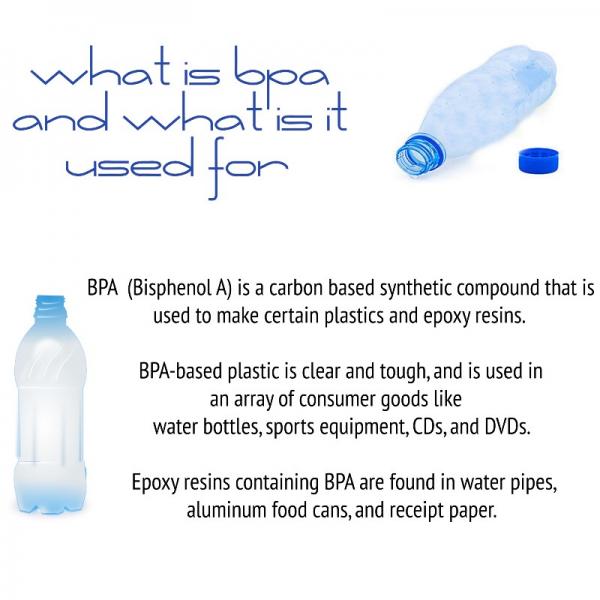
BPA, or rather, the omission of it, has been a trendy issue for years, though most people probably don’t really know why they’re avoiding it. So, here’s an explainer: BPA is an endocrine disruptor that basically means that it stops the body from producing hormones normally. It acts like estrogen(BPA was originally created to use as an estrogen supplement but wasn’t strong enough), which can lead to early puberty and an increase in cancers. This is sufficient cause for many to question how, and how much, BPA accumulates in our bodies.
READ MORE: Recycled Plastic Could Power Millions, Study Said
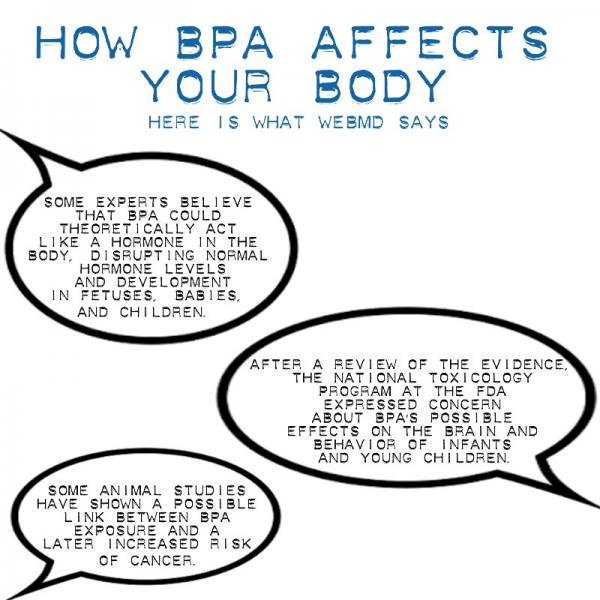
The only real regulation on BPA in the United States prohibits its use in baby bottles. It is still widely used in hundreds of other products, everything from the lining of canned food to the keyboard on your computer.
“They don’t really tell you what’s bad in the plastic,” said Atul Kalsi, founder of industrial plastic recycling plant Maiden Trading Company. “For example, if you keep water in a plastic bottle for about six months there are certain chemicals in the bottle like LDPE and HDPE that leach into the water. These chemicals are very dangerous to the human body when consumed.”
READ MORE: Recycled Plastic Could Power Millions, Study Says
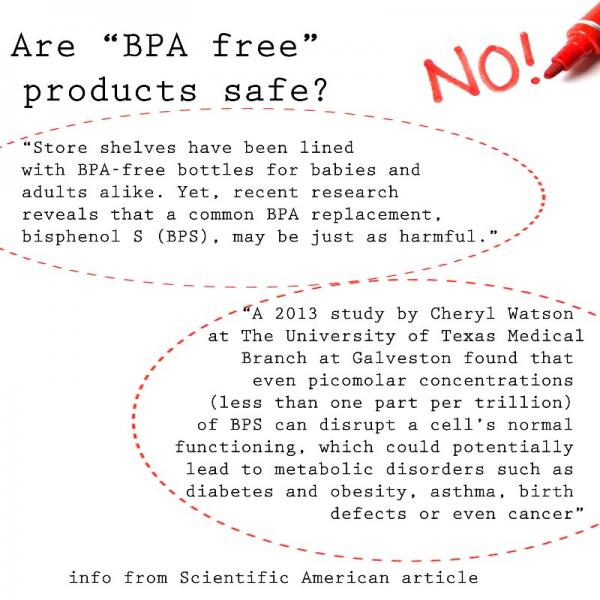
BPA and the like show up in shockingly sneaky places. The University of Missouri did one of many studies that found that the thermal paper used for receipts contains high levels of BPA. Holding the receipt lets the BPA travel through your skin and goes directly into your blood stream. The BPA from your fingers can also transfer onto your food and then into your digestive system.
READ MORE: California Becomes First State To Ban Bags
While most people are familiar with the dangers of plastic rings from six-packs pose to marine wildlife, most of the damage plastic does to our oceans isn’t as easy to see.
“ The worst [plastics] do is photo-degrade, which means they break into little bits and pieces that are impossible to clean up,” said Andy Keller, who founded reusable bag company Chico Bag and raises awareness about the perils of plastic by dressing as a bag monster.
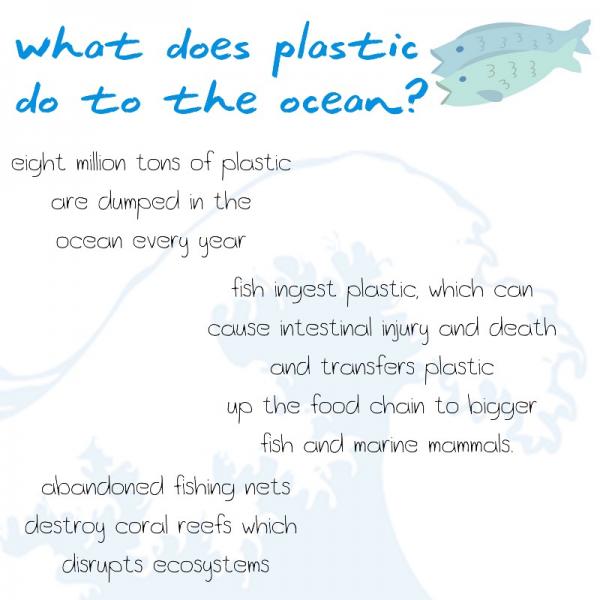
Small sea creatures eat this plastic confetti, and as they’re eaten and travel up the food chain, the chemicals in the plastic bioaccumulate. By the time they get to large fish that humans eat, chemical concentration can be at dangerous levels. There have been many cases of fishermen cutting open fish and finding large pieces of plastic. There is so much plastic photodegrading in the oceans that it’s now a ‘plastic soup’ that is impossible to clean up, according to Keller.
“Either we are proactive and we take steps to lessen our use of unnecessary single-use plastic knowing that they never go away and that they cause harm to the environment, or we are going to have some kind of ecological catastrophe that is going to correct the situation,” Keller said. “If we don’t take care of it mother nature will.”
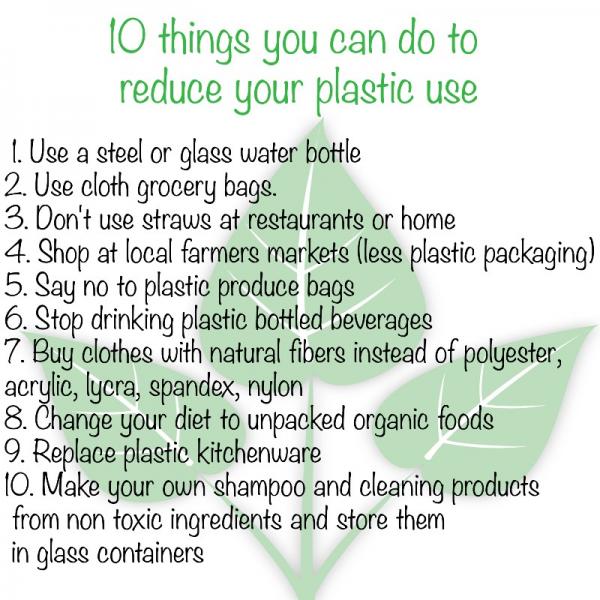
Experts say that the ocean can clean itself and return to normal if we stop abusing it.
Though some cities have banned or taxed single-use plastic bags, there’s no risk of more serious restrictions coming into play anytime soon. Washington is full of groups lobbying against legislation that could work toward reducing the prevalence of potentially dangerous plastics.
“The FDA knows but they don’t want to fix it,” Kalsi said. “Plastic is one of the most dangerous things out there but because it’s cheap and people are using it , [the plastic industry and the government] don’t give a damn.”
{Click here for a recipe to make your own shampoo!}
Reach contributor Alex McLeod here.



